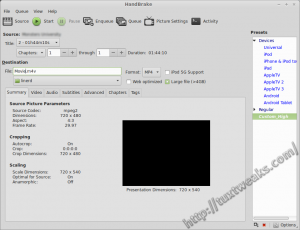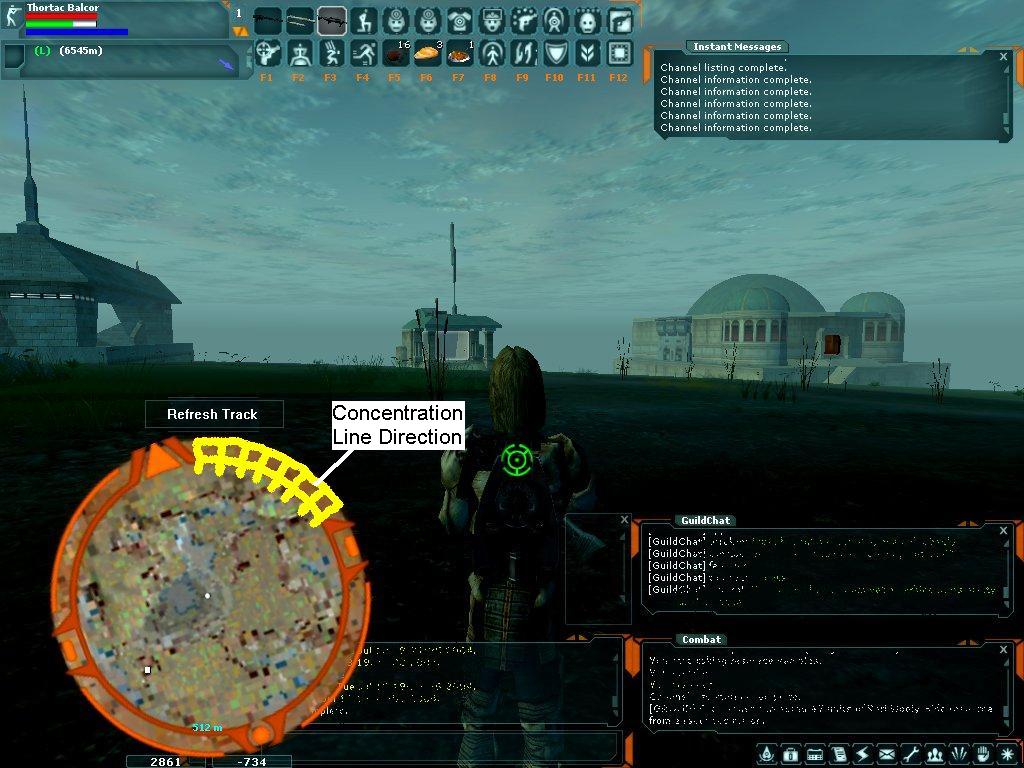
- #Mplayer dumpstream how to
- #Mplayer dumpstream movie
- #Mplayer dumpstream code
- #Mplayer dumpstream download
- #Mplayer dumpstream windows
However, there is no easy way to correlate which task will execute in which time slot in atq output, so I wrote small atq.pl script which displays commands which will be executed (you will need to run it with root privileges). The hardest part of actually ripping a stream. streamurl in this example is the URL of the stream, which usually begins with rtsp:// or mms://.

If you need to see all jobs scheduled, use atq. With Mplayer already installed, you simply use the -dumpstream command line option to tell it to read the stream and save it to a file (by default, called stream.dump ). Update: stopping streams manually is not fun, so here is improved script which has three arguments: room number, from time and to timeĮcho "mplayer $url -noconsolecontrols -dumpstream -dumpfile $file.wmv" | at $fromĮcho "kill \`ps ax | grep $file\`" | at $to This will allow mplayer to detach from console, so it will work in backup. dumpstream -dumpfile saal$1-`date +%Y%m%dT%H%M%S`.wmv & When I want to schedule something at specific time, I usually use at but mplayer is picky, so at the end I used following script: If that’s going too fast for you, try adding a speed argument e.g.As you probably know, this part of the year is mostly about Chaos Communication Congress with a lot of great lectures, but you might want to record a stream or two. But if you just want to watch a stack of (numbered) jpgs as a movie, you can use mplayer as follows: You can turn a stack of jpgs back into a video using mplayer or ffmpeg (I’ll do a post on that later). This process takes as much time as the playback time of the stream, if the network bandwidth is more than the bit rate of the stream. I thought that mplayer -dumpstream has additional possibilities (skip audio or video which works when using it for dvb capture but this is unrelated to the.
#Mplayer dumpstream how to
Here’s a shell script – if you’re not sure how to run or change this, this method’s probably not for you. Saving and sharing stream content MPlayer can also record streams using the -dumpstream option, which dumps the stream to a file specified by the -dumpfile option.
#Mplayer dumpstream download
With the image address, this method gets “video” by using a shell script to download the image repeatedly as fast as it can, saving each image as consecutively numbered jpgs. First find the snapshot image on the webcam’s website, view the image, check that pressing reload in your browser updates the image, and then copy the image address. It’s good for webcams where the video is really slow and you’re not actually bothered about frame rate in your output “video”, or webcams where you can find the snapshot option but not the actual video file. Most webcams will let you get a snapshot image, and this method exploits that. The second way is REALLY HACKY and involves a shell script and a load of jpg files. Downloading a stack of jpegs instead of a video Mencoder -idx input.avi -ovc copy -oac copy -o output.avi You do this in mplayer with this command line: The outputfile created by this command line can have some problems – some things will play it, but in order to cut, fastforward and otherwise edit it it’s useful to build an index for the video file. In linux, you press control-c to quit downloading the file. Note, videos are big, so make sure you’re not dumping it to somewhere with quota issues.
#Mplayer dumpstream code
Once you have found this, you can get mplayer to save the file for you using this command line: Do they mean -streamdump or -dumpstream I have recently written a -lot- of code which is highly reliant on -dumpstream.
#Mplayer dumpstream movie
If you’re going to go for a movie file, first you have to locate the actual movie file, which can involve poking around in the web source code.įor axis cams it’s often at /mjpg/video.mjpg (so the camera you can view at has the movie file located at ). This search, for example will find Axis brand web cams by looking for the term view/view.shtml in a website address. You can do this using Google, either by searching for webcams or by searching for particular url strings. Both of these methods start with finding a webcam (duh). If you find yourself wanting to grab footage from these for later use, there are two ways to do it. Lots of people put webcams pointing at sites of interest (or sites of utter dullness…) live on the internet.

#Mplayer dumpstream windows
These use mplayer and mencoder which are available for windows, macosX and linux, but I can only comment on the linux version so don’t ask me any windows questions! Finding a webcam So I thought I’d put some recipes for common tasks up here just in case they are useful for anyone else. From time to time I need to download, grab from a webcam, convert, cut, and generally manipulate video files, and every time I do it I have to look up the settings for mplayer, mencoder or ffmpeg again from scratch.


 0 kommentar(er)
0 kommentar(er)
